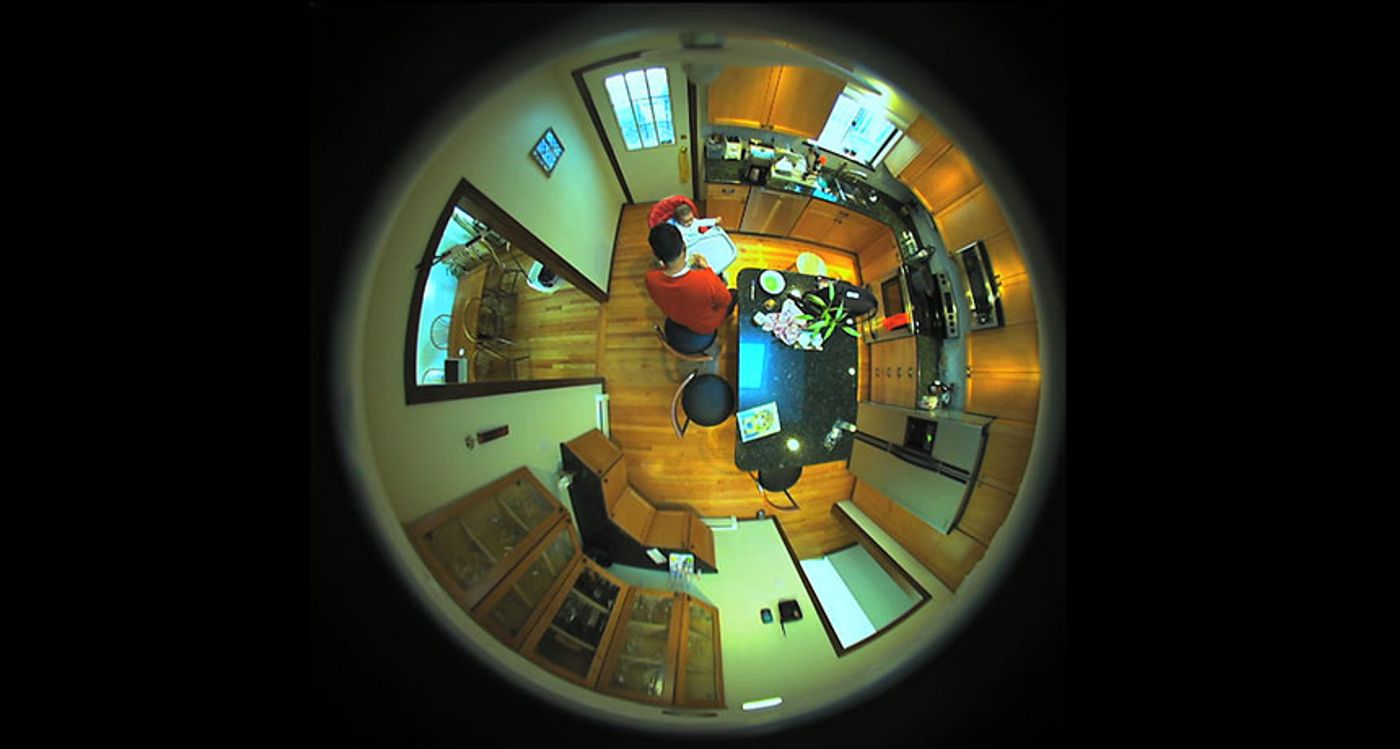For three years MIT researcher Deb Roy and a small group of researchers recorded every waking moment of Roy’s son’s life at home, accumulating more than 200,000 hours of video and audio recordings.

Roy, a communication and machine learning expert, and his wife Rupal Patel, also a speech researcher, wanted to study how babies learn to say words and recognized that having a child would be a great research opportunity. When their baby boy arrived in 2005, they were greeted by 11 cameras and 14 microphones, tucked up into the ceiling. The cameras rolled whenever the baby was awake.
The researchers looked at this raw data for speech that the child could have heard and words spoken by the child. These items were then transcribed into a database that enabled scientists to figure out what features of words make a child more likely to say them. After three years, the researchers revealed that the key factor that predicts whether a word will emerge from a baby’s mouth is related to a feature called distinctiveness, according to a paper published in the Proceedings of the National Academy of Sciences and reported in
Science News.
While word frequency is important, but the contextual features that situate a word in a particular place, time or situation are even more critical in predicting whether a child will say a word. According to Roy, “No matter how you cut the data, it was head and shoulders above the other factors. Distinctiveness “helps crack the code of what that word means.”
As the article explained, “Distinctiveness is evident in words like kick, which is usually uttered during a ball game; breakfast, which comes in the morning near the table; or peek-a-boo, which is said while playing a game of it. Unlike general words like with, these distinct words come embedded in a rich situation, offering lots of clues to help a child understand and say it.”
Study coauthor Brandon Roy of MIT and Stanford University said that when examining the data, certain words are predictable for their distinctiveness, which narrows the meanings of the words. Language development expert Marianella Casasola of Cornell University described the study as “truly remarkable,” providing a high level of insight.
While the data come from just one child, they could shed light on how and why people learn words. Apparently, the context is the key.









